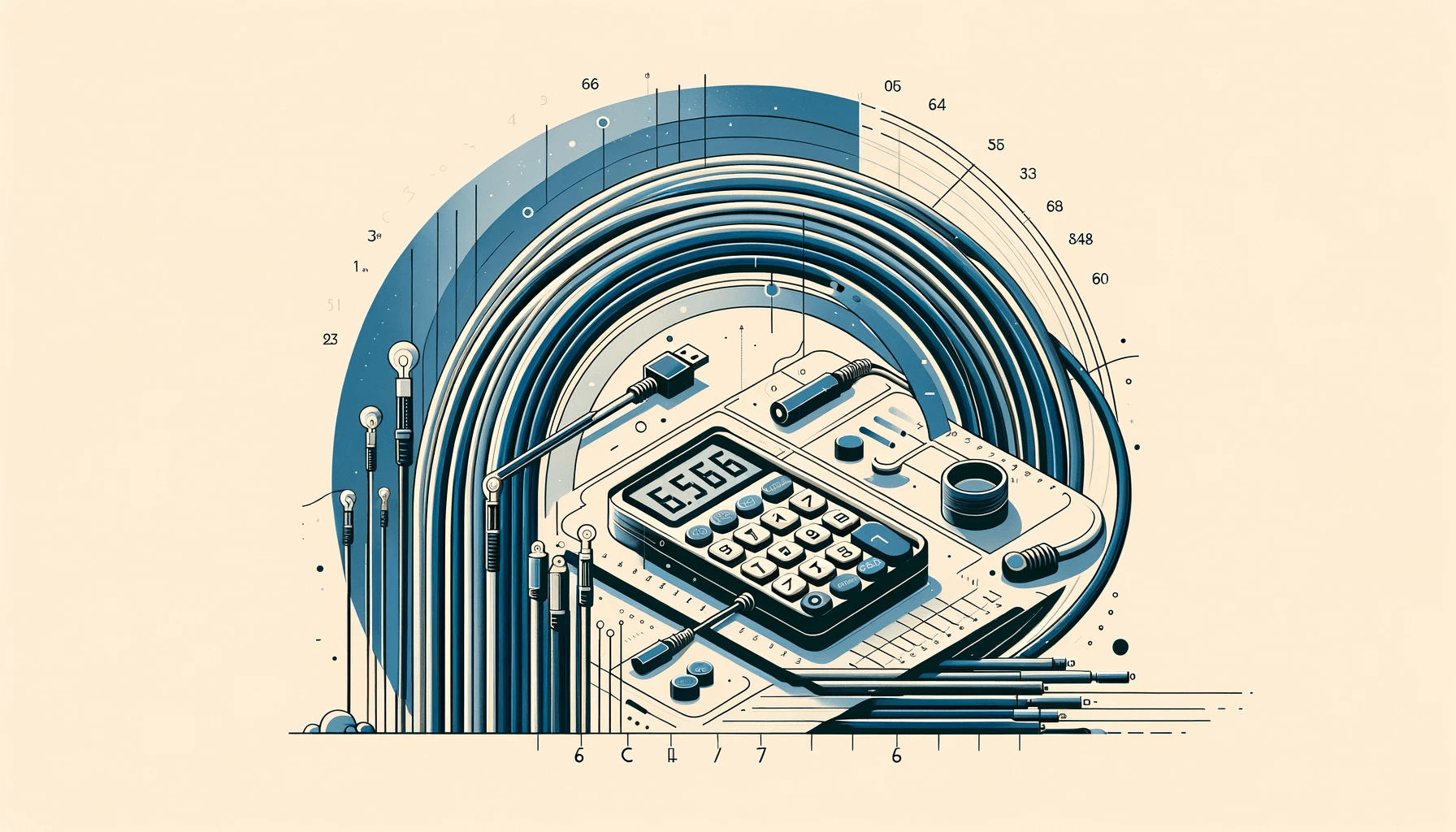In networking, power distribution, and other applications, cable length is a critical attribute influencing signal quality, power delivery, installation complexity, and regulatory compliance. Whether designing a data center network layout, setting up a home theater system, or planning industrial wiring for heavy machinery, understanding and managing cable length can determine the system’s performance and reliability. Below is an in-depth look at the importance of cable length, the factors that affect it, and best practices for selecting and managing cables to achieve your operational goals.
Introduction to Cable Length Considerations
Cables are physical conduits for signals and power, linking devices in homes, businesses, data centers, and industrial settings. However, the longer a cable is the greater the potential for signal degradation, power loss, or mechanical complications. Careful attention to cable length is essential to:
- Optimize Signal Integrity: Minimize interference and ensure robust data transmission for digital signals.
- Maintain Safety and Reliability: Comply with electrical codes and prevent excessive voltage drop or heat buildup in power lines.
- Streamline Installation: Avoid overly large cable loops or frequent splices that complicate routing and maintenance.
Why Cable Length Matters
- Signal Attenuation: Signals weaken over distance in data and communication cables (e.g., Ethernet or coaxial). Exceeding recommended length limits can lead to slower speeds, dropped connections, or poor audio/video quality.
- Power Drop: For power or high-current applications, longer cables introduce more electrical resistance, which can cause voltage drop and reduced device performance—or even overheating if not correctly sized.
- Mechanical Constraints: Longer cables are heavier, take up more space, and may require additional support structures. Weight and tension calculations become critical in specific scenarios (like aerial lines).
- Cost and Waste: Extra cable length increases material and labor costs. Additionally, leftover cable can result in clutter or resource waste.
Factors Affecting Cable Length Limits
- Cable Type: Fiber optics, twisted-pair copper, or heavy-duty power cables have distinct attenuation characteristics and recommended maximum lengths.
- Bandwidth/Speed Requirements: High-speed data cables (e.g., Category 6a, 7, or fiber) impose shorter maximum lengths for the highest data rates, demanding stricter adherence to standards.
- Conductor Gauge: Thicker conductors (in power distribution) or lower AWG (American Wire Gauge) can handle longer runs with reduced voltage drop. Conversely, thinner wires are more susceptible to losses over distance.
- Environmental Conditions: Temperature, humidity, or mechanical stress (like bends or vibrations) can degrade cable performance, effectively reducing permissible lengths in harsh environments.
Methods to Manage or Extend Cable Length
- Repeaters and Boosters: Data signals can be regenerated or boosted to travel longer distances without loss. For instance, in Ethernet networks, switches or extenders refresh signals.
- Signal Amplifiers: Audio-video signals can be amplified to cover larger areas without significant quality loss, ensuring each endpoint receives a precise feed.
- High-Performance Cables: Using cables with lower attenuation or better shielding (e.g., fiber optics) greatly extends feasible distances for data and communications.
- Appropriate Gauging: In power systems, selecting a thicker conductor reduces resistance, helping maintain adequate voltage levels over longer distances.
Planning for Optimal Cable Length
- Initial Assessment: Identify the devices or areas to be interconnected and measure the direct distance, factoring in routing around walls, cabinets, or obstacles.
- Future Expansion: Consider growth or additional loads that may require extra length or allow for easy upgrades. Overestimating by a modest margin prevents frequent re-cabling.
- Reference Standards: Ethernet standards (like IEEE 802.3) or building codes often specify maximum lengths and gauge requirements. Reviewing these ensures compliance and robust performance.
- Vendor Guidance: Cable manufacturers often provide recommended maximum lengths and conditions. Checking datasheets ensures your project stays within safe operational limits.
Common Challenges and Pitfalls
- Exceeding Maximum Lengths: Even slightly surpassing recommended cable lengths can trigger performance issues or equipment malfunction.
- Undocumented Extensions: Over time, small additions (e.g., patch leads or extensions) can accumulate, inadvertently pushing cables beyond safe lengths.
- Ignoring Voltage Drop: Especially in power distribution or lighting, failing to account for voltage drop can lead to dim bulbs, underpowered motors, or safety hazards.
- Mechanical Damage: Extra-long cables may be bent or coiled improperly, introducing tangles, insulation damage, or undue strain.
Best Practices
- Plan Thoroughly: Before purchasing or installing cables, create detailed layouts, measure paths accurately, and mark cable runs.
- Label and Document: Record cable lengths, routing, and types used. This information aids troubleshooting and ensures consistency in future expansions.
- Use Quality Components: Substandard cables might degrade faster or fail to meet length specifications reliably. Investing in certified products helps maintain performance under real-world conditions.
- Regular Inspection: Environmental or mechanical factors can affect cable integrity over time. Periodic checks and testing (e.g., signal tests, insulation checks) confirm cables remain within functional length parameters.
Future Trends
- High-Speed Connectivity: With the rise of 10/40/100 Gigabit Ethernet or emerging standards, adherence to maximum cable lengths becomes even more stringent, prompting broader adoption of fiber optics where feasible.
- Wireless Alternatives: Certain installations might pivot to wireless solutions for part of the distance, reducing cable runs and circumventing length-based attenuation.
- Intelligent Infrastructure: Buildings and industrial sites may incorporate real-time cable monitoring (sensing length or tension changes) for immediate alerts when cables approach stress thresholds.
- Sustainable Materials: Eco-friendly cable manufacturing—lightweight, low environmental impact—might facilitate more efficient installations, balancing length with minimal resource usage.
Conclusion
Cable length is a cornerstone of reliable, efficient, cost-effective electrical or data transmission systems. Installing and engineers can uphold signal integrity and safety by understanding maximum allowable distances, choosing appropriate conductor sizes, and employing techniques like boosters or amplifiers when necessary. As technology evolves—requiring faster data speeds and accommodating broader infrastructure needs—maintaining careful attention to cable length ensures that networks, power lines, and communication backbones operate at their peak, meeting current demands and future growth.
Cable Length formula
where:
- L = Cable Length
- S = Cable Span
- d = Cable Sag


